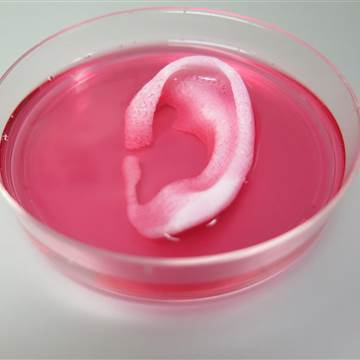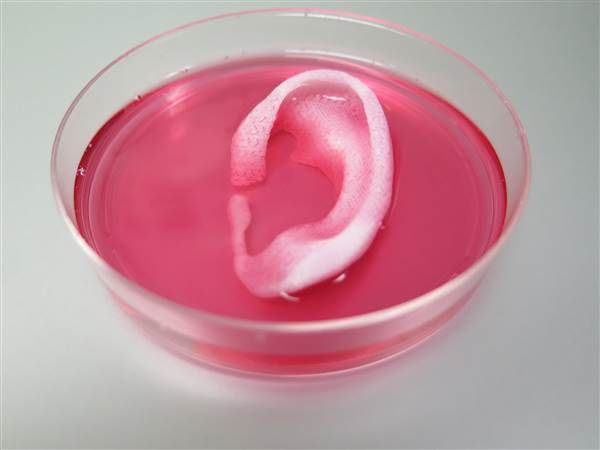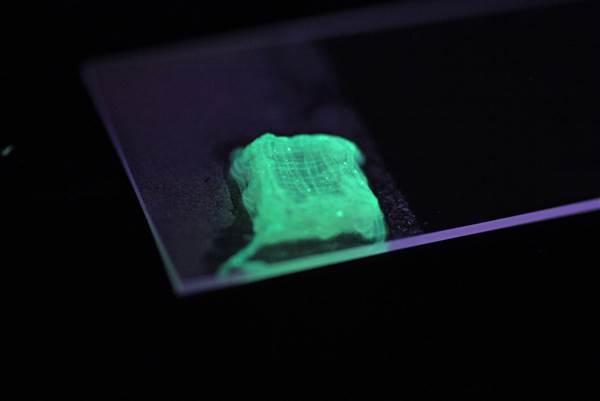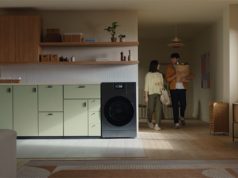Only a few years from now, autonomous cars will dominate the roads. But when driving becomes much safer and fewer people die in car wrecks, fewer donor organs will be available.
In 2016, 13.6 percent of people who died and became organ donors had been in a road accident. A recent report from Slate spotlighted this perverse side effect of self-driving cars, and offered suggestions for getting more people to become organ donors.
Science, however, can offer better a better solution.
The waiting lists for donor organs are long — 120,000 people on a given day — and ever increasing. With fewer donor organs to go around, researchers are working on other ways to get people the parts they need. With help from 3-D printing and other bioengineering technologies, we will eventually be able to grow our own organs and stop relying on donors.
Related: How Technology is Tackling Joe Biden’s Cancer Moonshot
“It’s like a race in which there’s multiple different players, but no matter which one of them winds up winning, it’s good,” says Ali Khademhosseini, a bioengineer at Harvard Medical School.
One approach is to help regrow the ailing organ so it doesn’t need to be replaced. A graft of stem cells or other materials could prompt regeneration of the diseased organ.
“What I think we’ll see in the foreseeable future is, rather than replacing the entire organ, creating … [a] patch that can help in regenerating a diseased area,” says Joshua Hunsberger, a research associate at the Wake Forest Institute for Regenerative Medicine. Some techniques are being tested in simpler tissues, such as skin and bone.
There are also ambitious strategies to build entire organs. One aims to grow cells on an organ-shaped scaffold before transplanting it into a person. This mold may be built from scratch, or taken from animals such as pigs, which grow organs with similar shape and size to human ones. Scientists can flush the cells out of an animal organ to leave a near-transparent scaffold behind, then fill it with stem cells.


Ideally these cells would come from the patient’s body, making the immune system less likely to reject the transplant. Scientists could take a sample of adult cells (say, from a cheek swab) and revert them back into a primitive state. These are called induced pluripotent stem cells, and could be guided into developing the right types of organ cells when placed on the scaffold.
Already, Wake Forest researchers have handcrafted scaffolds for bladders, urethras, and vaginas, seeded them with patients’ own cells, and successfully transplanted them, says Anthony Atala, director of the Wake Forest Institute for Regenerative Medicine.
Related: The Quest to Create Artificial Blood May Soon Be Over
More complex organs are still a ways off. Of these, the liver and lungs will likely be engineered first. “These two organs have the anatomy where they can hook up the plumbing and … still have the benefit of the remaining failing organ while the new organ is taking hold,” says Stephen Badylak, Deputy Director of the McGowan Institute for Regenerative Medicine at the University of Pittsburgh. He’s investigating how best to reseed engineered livers with new cells.
“We’re still trying to figure out what’s the best recipe,” he says.
A heart will be more difficult, as it must be replaced entirely. Researchers have managed to grow beating heart tissue in the lab, but to keep a person alive, a transplanted heart must be strong enough to take over from the original.
Related: This App is Revolutionizing Diagnoses of Rare Diseases
“Every organ in the body is approximately five times more efficient than it needs to be for survival,” Badylak says. “You have to have a heart that can pump about 20 percent of the blood that a normal heart does, and that’s a tall order.”
Scientists are also hoping to build organs from scratch using 3-D printing. Basically, the machine would set down many layers of “ink” made from cells and other materials to build a full-sized organ. Eventually, these organs could be tweaked and customized for each patient’s body. Researchers have printed ear, bone, and muscle tissue and transplanted it into animals, but it’s going to be a while before this technique is perfected for humans.


There’s a lot we still don’t know about how our organs are put together on a microscopic level, and what directions they need from the body. “I know the general shape of a liver,” Badylak says. “What I don’t know is how the cells are layered exactly next to each other. Technology has outpaced our understanding of biology, and we need to understand more about what we want to print.”
Scientists could also one day engineer animals to grow human-like organs that could be transplanted into people. Researchers are currently examining pigs because they have similar organs and physiology to humans. Their immune systems, however, are definitely not compatible with ours.
“You can’t even take another human’s organ and put it in — unless you’re one of the luckiest people in the world — without having to suppress the immune system,” Badylak says. “And animal tissue you’ll reject even more quickly than other human tissues.”
“Technology has outpaced our understanding of biology, and we need to understand more about what we want to print.”
Scientists have started trying to alter pigs to grow more compatible organs. Recently, researchers made chimera, or hybrid, pig embryos with a handful of human cells. This indicated that human cells could survive inside pig organs, although the team halted the experiment after a few weeks to gather more information.
None of these cells were in the chimeras’ brains, and it’s unlikely human cells could ever lead to a pig with a human-like mind. Still, the researchers will engineer ways to prevent human cells from contributing to brain tissue of future chimeras.
Eventually, they hope to craft pigs with organs mostly made from human cells.
“Right now it remains a distant dream,” says coauthor Jun Wu, a stem cell biologist at the Salk Institute for Biological Studies in La Jolla, California. “This is the very first step, but we have a very long ways [to go].”
All of the organ-growing technologies are still under construction, and some organs may hit the clinic a lot sooner than others. “Flat structures like skin, they’re going to be the easiest,” Hunsberger says. “Then you have hollow organs like the bladder that are a little bit more challenging, and then you have your solid organs like…






